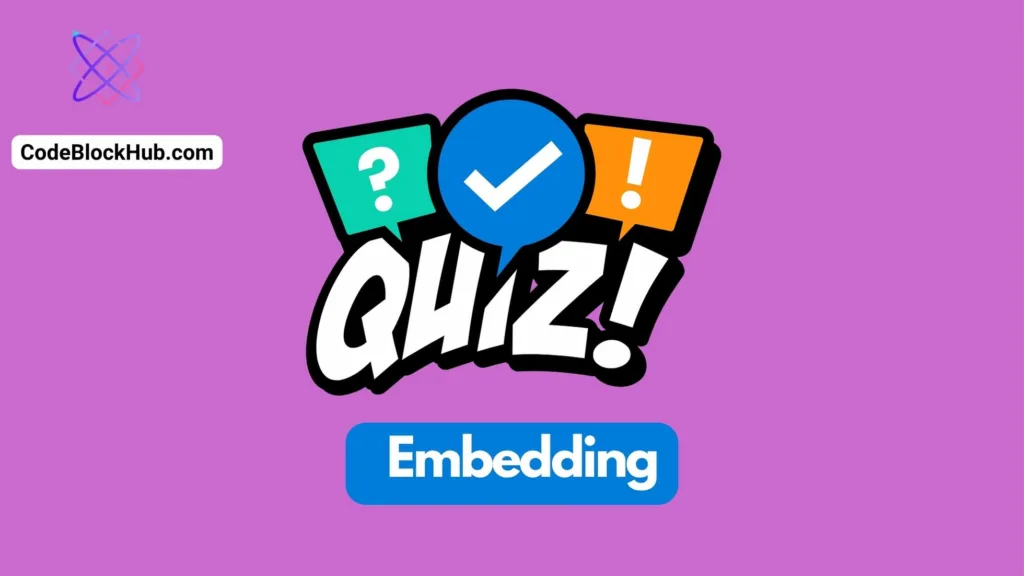Introduction to Text Embedding Models
In the world of natural language processing (NLP), text embedding models have become instrumental in transforming raw text into meaningful numerical representations. These models capture the essence of language in a way that machines can understand, enabling a variety of complex applications such as sentiment analysis, machine translation, and topic modeling. Let’s explore five of the most popular text embedding models.
- Word2Vec: Developed by Google, Word2Vec is a pioneering model in word embeddings. It uses neural networks to learn word associations from a large corpus of text and represents these words in a high-dimensional space.
- GloVe (Global Vectors for Word Representation): GloVe, developed at Stanford, is another influential word embedding technique. Unlike Word2Vec, GloVe constructs its representations by examining word co-occurrences across the entire corpus to capture global statistics.
- FastText: Created by Facebook’s AI Research lab, FastText extends the Word2Vec model by not only considering whole words but also taking into account sub-word units (like prefixes and suffixes). This allows it to handle out-of-vocabulary words better.
- BERT (Bidirectional Encoder Representations from Transformers): Developed by Google AI, BERT represents a breakthrough in context-dependent embeddings. It uses a transformer architecture to consider the context of a word in both directions (left and right of the word).
- ELMo (Embeddings from Language Models): ELMo, developed by the Allen Institute for AI, offers deep, contextualized word representations. It utilizes bidirectional LSTMs (Long Short-Term Memory networks) trained on a specific task to create embeddings that consider the entire sentence context.

Comparison of Features and Limitations for Text Embedding Models
Word2Vec
- Features: Efficient, produces high-quality word embeddings.
- Limitations: Context-agnostic, struggles with polysemy (words with multiple meanings).
- Suitable Applications: Good for general word similarity tasks.
GloVe
- Features: Captures global word-word co-occurrence statistics.
- Limitations: Like Word2Vec, it’s context-agnostic.
- Suitable Applications: Useful in applications where global matrix factorization is beneficial, like in clustering.
FastText
- Features: Handles out-of-vocabulary words, sub-word information.
- Limitations: Larger model size, slower than Word2Vec.
- Suitable Applications: Best for languages with rich morphology and texts with a lot of rare words.
BERT
- Features: Contextual embeddings, state-of-the-art results in many NLP tasks.
- Limitations: Computationally expensive, requires fine-tuning for specific tasks.
- Suitable Applications: Ideal for tasks requiring understanding of context, like question answering and sentiment analysis.
ELMo
- Features: Deep contextualized word representations, adaptable to different tasks.
- Limitations: Requires substantial computational resources.
- Suitable Applications: Performs well in a range of NLP tasks, including text classification and sentiment analysis.
In conclusion, the choice of embedding model largely depends on the specific requirements and constraints of the application. While models like Word2Vec and GloVe offer simplicity and efficiency, more advanced models like BERT and ELMo provide deep, context-aware representations at the cost of computational resources. FastText strikes a balance, offering sub-word level embeddings, especially beneficial for handling a variety of linguistic phenomena.



